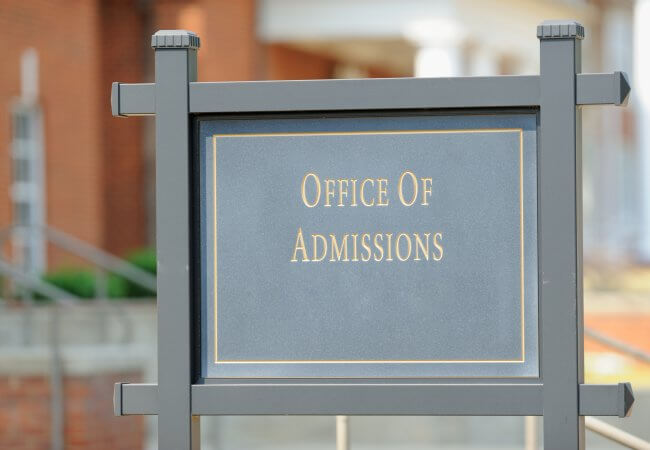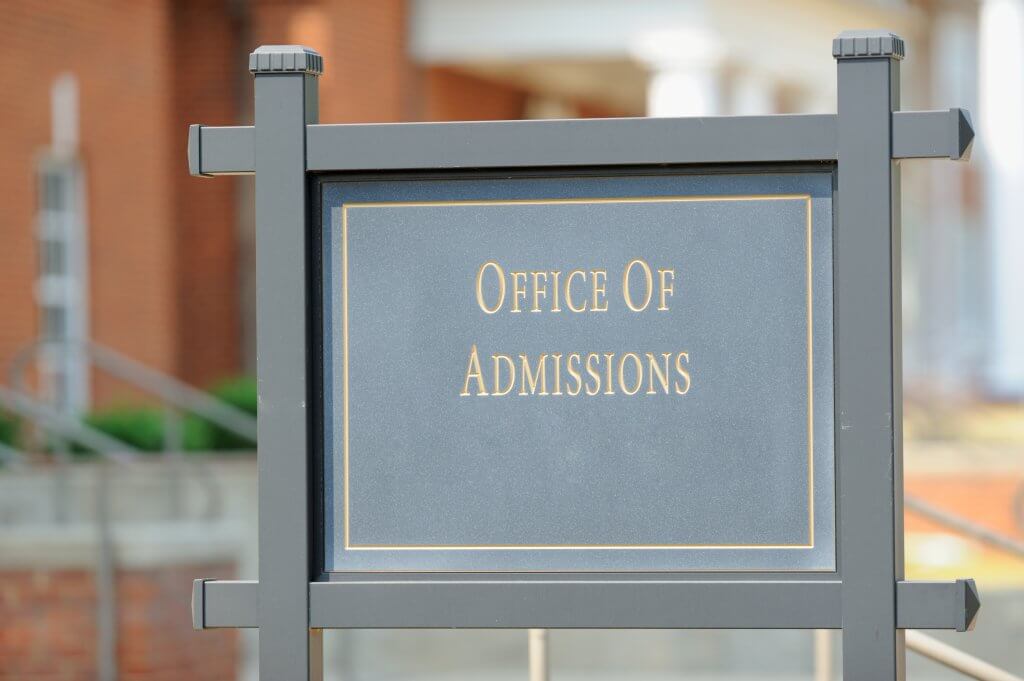
Jun 23, 2022
Beyond GPA: Holistic Admissions Can Help Build a More Diverse Nursing Workforce

A diverse nursing workforce is essential to achieving health equity in the United States. Holistic admissions practices are an important tool nursing schools can use to contribute to that goal.
But changing admissions systems is complex, and a successful transformation requires the use of best practices and coordination with a wide variety of stakeholders. An Indiana program supported by the Future of Nursing: Campaign for Action’s Nursing Innovations Fund and executed in partnership with the AARP Indiana State Office shows it can be done. What began with an initial investment of $25,000 from the Campaign, has grown into $2.2 million grant from the Health Resources and Services Administration (HRSA).
Holistic admissions broaden the range of factors nursing schools can consider when they admit students, as explained in the National Academy of Medicine’s (NAM) report The Future of Nursing 2020-2030: Charting a Path to Achieve Health Equity. According to the American Association of Colleges of Nursing, holistic review for admissions is “a university admissions strategy that assesses an applicant’s unique experiences alongside traditional measures of academic achievement such as grades and test scores. It is designed to help universities consider a broad range of factors reflecting the applicant’s academic readiness, contribution to the incoming class, and potential for success both in school and later as a professional.”
As part of its call for nursing schools to “continue and expand their efforts to recruit, support, and mentor diverse students” the NAM report highlights research showing the effectiveness of holistic admissions. Well-designed plans to account for applicants’ experience and attributes as well as quantitative metrics can result in a more diverse student body while maintaining academic excellence, this research found. But well before the report was published, nurse leaders in Indiana were working with AARP to help the state’s nursing schools achieve exactly that.
In 2019, the Indiana Center for Nursing (which also houses the Indiana Action Coalition) launched the Indiana Nursing Education, Engagement, and Diversity Statewide Initiative (NEEDS) with the goal of improving health equity through increasing diversity and inclusion among the state’s nursing workforce. At the program’s core were 14 nursing schools that committed to work together and implement holistic admissions programs.
“It’s been great to see so many nursing schools in our state go from just looking at quantitative metrics to a holistic approach to admitting students,” said Kimberly J. Harper, MS, RN, FAAN, chief executive officer of the Indiana Center for Nursing. “You do the work to make sure that they can be academically successful, but not everyone in the school will necessarily have a 3.9 GPA. Other things are important too. Because we know from research and experience that grade point average isn’t the only thing that makes a great nurse or keeps someone in nursing.”
In particular, Harper said that nursing schools value lived experiences that can help nurses address health disparities. Many of these nurse graduates will eventually address health issues that they or a friend or family member may have faced in their own lives.
An essential ingredient to the NEEDS program’s success was a strong coalition of community partners who supported the goal of a more diverse nursing workforce. A crucial member of this coalition was AARP Indiana.
“We have long recognized that there needs to be a diverse and inclusive healthcare workforce,” said Ambre Marr, AARP Indiana’s state legislative director. “A workforce that reflects our communities allows older Hoosiers to access healthcare exactly where they are. We need to care for nurses because they are caring for us now and will continue to care for us as we age.”
Harper explained that while support for holistic admissions among nurses is strong, there are logistical and institutional challenges to implementing this new way of doing things.
Based on extensive research and their own experience, the NEEDS team developed a comprehensive resource, a Holistic Review for Admissions Toolkit that anticipates these challenges. This toolkit is online and easily accessible for use by other schools, at no charge
The toolkit offers a framework for holistic review admission and a detailed literature review. It also explains and provides guidance and resources on six areas critical to ensure successful implementation of a holistic admission process: mission fit; stakeholder engagement; implicit bias and cultural intelligence; implementation of the holistic review process, support for student success; and evaluation of processes.
A companion Peer-to-Peer Mentoring Toolkit offers nursing programs tools and resources for implementing a Peer-To-Peer Mentoring Program during prelicensure nursing education.
Now the knowledge generated by the Indiana NEEDS program is inspiring more efforts to diversify nursing in Indiana and beyond. The Indiana Center for Nursing received a $2.2 million grant from HRSA to expand scholarships, mentoring, and health equity partnerships at eight of the original nursing schools from the program. Harper also sees Indiana emerging as a national model of what holistic admissions can achieve.
When she and her colleagues first began working on holistic admissions, proven models and definitive research were hard to find. Nowadays, Harper explained, someone wants to talk with her about the topic at every conference she attends. She says that is in no small part due to the recommendations of the Future of Nursing report. “This is already a hot topic, and because of the report, it is becoming even hotter. There are a lot of folks who would like to be where we are now.”
To learn more about the Indiana program and the toolkits to implement holistic admissions in more states, visit the Nursing Innovations Fund page or the Indiana Center for Nursing.
